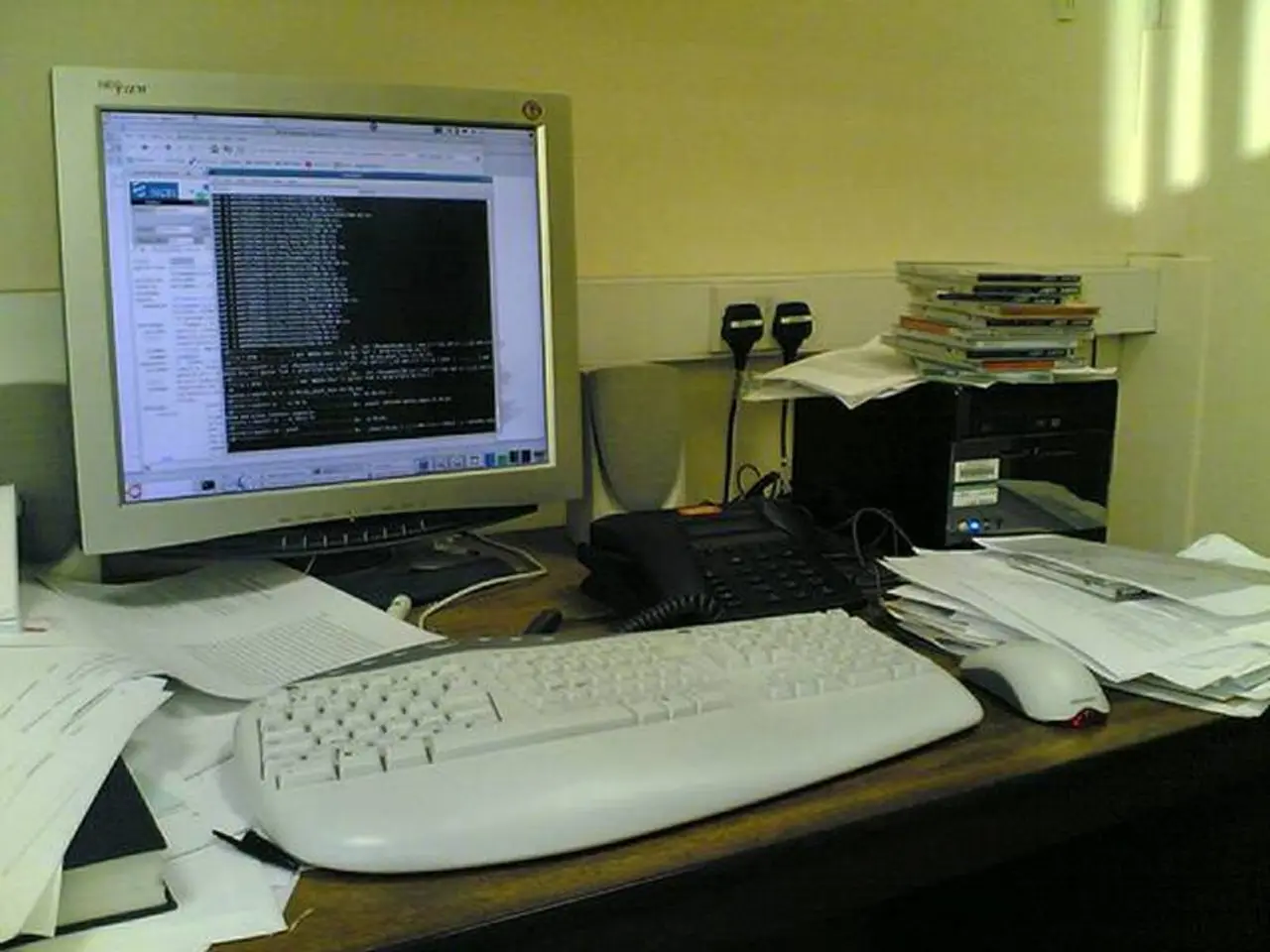Programming Language for Digital Circuit Design
In the fascinating world of computer science, Register Transfer Operations play a crucial role, serving as a fundamental concept in Computer Organization & Architecture. These operations, as the name suggests, are performed on the data stored in registers.
One of the simplest Register Transfer Operations is the Simple Transfer. This operation, represented as R2 <- R1, copies the content of R1 into R2 without affecting the content of R1. It's a unidirectional operation, moving data from one register to another.
Another type of Register Transfer Operation is the Conditional Transfer. Unlike the Simple Transfer, the Conditional Transfer transfers the content of R1 to R2 only if a certain condition, typically represented as P, is met. If P equals 1, the content of R1 is transferred to R2; otherwise, it remains unchanged.
The most complex among these operations is the Simultaneous Operation. This occurs when two or more operations are to happen at the same time and are separated with a comma. For instance, loading the content of R1 into R2 and at the same time loading the content of R2 into R1 would be a Simultaneous Operation.
These Register Transfer Operations form the core of the Register Transfer Language (RTL), a term that encompasses Simple Transfer, Conditional Transfer, and Simultaneous Operations.
It's worth noting that the study of Register Transfer Operations is likely to be a part of the Computer Organization & Architecture course. This subject probably includes the exploration of these operations and their applications in the design and understanding of digital systems.
As for the history of the languages used to describe these operations, Verilog was developed by Phil Moorby at Gateway Design Automation in the mid-1980s, later acquired by Cadence Design Systems. On the other hand, VHDL (VHSIC Hardware Description Language) was developed by the U.S. Department of Defense in the early 1980s through a consortium including companies like Texas Instruments, IBM, and Intermetrics.
Both Verilog and VHDL continue to be widely used today in the design and verification of digital circuits and systems. Understanding Register Transfer Operations is a key step in mastering these languages and designing efficient digital systems.








